
Rewards
.



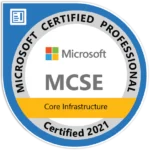
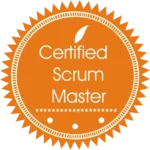
CANADA
55 Village Center Place, Suite 307 Bldg 4287,
Mississauga ON L4Z 1V9, Canada
Certified Members:
.



Home » Robotic Process Automation For Developing Automated Recruitment Solutions
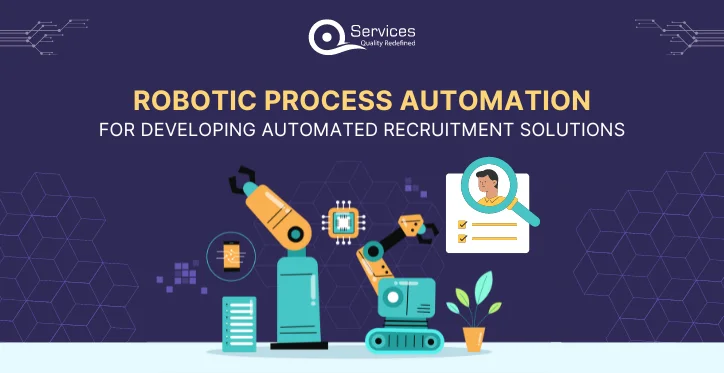
Is Recruitment Difficult in Today’s Highly Competitive Market?
Recruitment is indeed tough in today’s competitive market, finding new hires might be difficult. HR departments are under tremendous pressure to lock down top people before taking offers from competitors. The ability of a business to fill positions with suitable individuals is critical to its success; this need is further complicated by the lengthy processes involved in inviting candidates for interviews, setting up meetings, and following up with them.
Overcoming these obstacles is essential because acquiring and keeping talented individuals directly impacts the expansion of an organization. Modern tools, such as Microsoft’s Robotic Process Automation (RPA) for automated recruitment solutions, are becoming indispensable to meet these problems. Recruiters can spend far less time on administrative responsibilities by using RPA to automate repetitive activities, giving them more time for other tasks. Let’s discover more about the significance of Microsoft RPA for talent acquisition
Modern talent acquisition faces several challenges that can lead to inefficient recruitment processes. Let’s explore some of these challenges along with relevant statistics:
Recruiter bias remains a significant challenge in talent acquisition, influencing hiring decisions and diverse outcomes. Studies show that 75% of employers face difficulties filling various job roles, highlighting the pervasive nature of bias in recruitment. Overcoming bias requires implementing fair and objective hiring practices that prioritize merit-based selection.
Skills shortages persist as a critical issue in talent acquisition, contributing to extended hiring timelines and compromises on candidate quality. Since 2014, the global talent shortage has more than doubled, underscoring the widening gap between job market demands and available skills.
Intense competition among employers for top talent poses a continuous challenge in talent acquisition. Organizations must differentiate themselves by offering compelling benefits, career growth opportunities, and a positive work environment to attract and retain top-tier candidates.
Complex and prolonged hiring procedures hinder recruitment efficiency and candidate satisfaction. Cumbersome processes, including multiple interview rounds and bureaucratic delays, frustrate candidates and delay hiring decisions.
Negative candidate experiences adversely affect an organization’s reputation and ability to attract top talent. Candidates expect transparent communication, respectful interactions, and a seamless recruitment journey. Instances of poor experience, such as lack of feedback or unclear expectations, can deter qualified candidates from pursuing opportunities with the organization.
Weak employer branding limits an organization’s ability to attract and retain talent by diminishing its appeal in the job market. A strong employer brand, highlighting company culture, values, and employee experiences, is essential for attracting candidates who align with organizational values.
Get free Consultation and let us know your project idea to turn into an amazing digital product.
The talent acquisition industry is changing because of power automate robotic process automation (RPA), which increases efficiency, accuracy and automates repetitive tasks.
RPA uses software robots, also referred to as “bots,” to automate rule-based procedures in corporate processes. These automated agents perform many functions, such as data entry, document processing, and follow-up correspondence, by imitating human interactions with software.
Efficiency: One benefit of RPA for improving the efficiency of talent acquisition is that it eliminates the need for physical work, freeing recruiters to concentrate on more strategic duties.
Error-Free Performance: Because of their consistent precision, bots’ complete tasks without error.
Cost Savings: Automating repetitive operations results in considerable time and resource savings.
Improved Candidate Experience: Quicker responses and more efficient procedures lead to satisfied candidates.
RPA bots manage interview scheduling by checking candidate availability, syncing with calendars, and sending reminders. This results in quicker interview scheduling and reduces back-and-forth communication.
Bots send personalized follow-up emails to candidates after interviews or assessments. This improves candidate engagement and ensures timely communication, enhancing the overall candidate experience.
Bots extract data from resumes, applications, and emails, updating Applicant Tracking Systems (ATS). This maintains accurate and up-to-date candidate records, improving tracking and management efficiency.
RPA bots analyze resumes, match keywords, and rank candidates based on predefined criteria. This makes the initial screening process more efficient, quickly identifying top candidates for further evaluation.
Bots handle paperwork, background checks, and new hire documentation. This results in a smoother onboarding process, ensuring a positive start for new employees and reducing the administrative burden.
Successfully adopting RPA involves careful planning and smooth integration with existing systems. This ensures the transition to automation is smooth and effective. Without proper planning, organizations might face disruptions or inefficiencies, so it’s crucial to have a clear strategy and execution plan.
Protecting sensitive candidate information is essential. Ensuring strong data security measures and following regulations is crucial to maintaining trust and integrity. This involves using strong encryption, access controls, and regular checks to protect data from breaches and unauthorized access.
Preparing teams for the shift to automated processes is vital for successful RPA integration. This includes addressing any resistance to change, as employees might be worried about new technologies. Providing thorough training and clear communication can help ease this transition, making sure staff are comfortable and proficient with the new automated systems.
RPA is a powerful tool that changes talent acquisition by automating routine tasks, boosting efficiency, and improving the candidate’s experience. By using RPA, organizations can streamline their recruitment processes, save valuable resources, and focus on strategic activities that drive business growth.
Microsoft Power Automate provides a comprehensive suite of features designed to optimize and enhance the recruitment process:
Simplify routine recruitment tasks by establishing workflows that automatically advance candidates to the next stage based on specific criteria such as interview outcomes or test scores. This automation ensures efficiency, consistency, and fairness throughout the recruitment process.
Automatically send interview invitations to candidates based on predefined conditions. This feature eliminates manual tasks, ensuring timely communication and that no candidate is overlooked.
Effortlessly schedule interviews or meetings by identifying available time slots that work for both interviewers and candidates. This feature minimizes scheduling conflicts and saves valuable time for recruiters.
Automatically send reminders to both interviewers and candidates about upcoming interviews or meetings. This helps prevent no-shows and last-minute cancellations, leading to a more streamlined recruitment process.
Seamlessly integrate Power Automate with various platforms and services, such as job boards, applicant tracking systems (ATS), and HR software. This integration allows for centralized management of the recruitment process, enhancing efficiency and coordination.
Synchronize recruitment activities with Microsoft Outlook and Teams. This enables the scheduling of interviews, sending invitations, and communicating with candidates directly from these familiar platforms.
Securely store all recruitment data, including candidate profiles, resumes, and interview notes, in SharePoint. This centralized storage ensures easy access and effective data management.
Utilize Power BI’s powerful data analysis tools to gain insights into recruitment data. Generate detailed reports, visualize data trends, and identify bottlenecks to make data-driven decisions that enhance recruitment strategies.
Identifying Repetitive Tasks: Begin by pinpointing the repetitive, reusable, and rules-based tasks in your recruitment process that can be automated. Tasks like sending interview invites are ideal candidates for automation, as they consume a significant portion of recruiters’ time.
Creating Workflows in Power Automate: Once you’ve identified the tasks, start building workflows in Power Automate, a component of the Microsoft Power Platform that enables automation of business processes.
Setting Up Triggers and Actions: Within your workflow, define triggers (events that initiate the process) and actions (steps the process performs). For example, receiving a new candidate application could trigger an automatic email response.
Integrating with Existing HR Systems: The Power Platform can connect to any system through UI automation, even if no API or data connector is available. This allows seamless integration of your RPA workflows with your existing HR systems.
Best Practices for Implementation: Adhere to best practices when implementing RPA. This includes thoroughly testing your workflows, training your team on the new system, and soliciting user feedback to continually refine and improve the processes.
Ensuring Data Security: Protecting sensitive HR information is crucial. Follow all applicable data protection laws and recommended procedures to ensure your data remains confidential and accurate.
Regularly Reviewing and Updating Workflows: Regularly check and update your workflows to ensure they still meet your needs, even if your hiring process changes over time.
By following these steps, you can effectively use the Microsoft Power Platform to integrate RPA into your hiring process, improving accuracy and efficiency.

Here are some emerging trends in recruiting facilitated by Robotic Process Automation (RPA):
The future of recruitment will witness RPA integrating with AI to augment the roles of recruiters. Advancements in generative AI will further enhance the efficiency and productivity enabled by RPA.
Simplifying RPA programming aims to democratize its adoption, making it accessible to non-technical business users through emerging no-code solutions.
Utilizing process mining to automatically extract process insights for RPA programming is becoming increasingly important for understanding and optimizing workflows.
AI-driven hyper-automation is anticipated as a future trend, though widespread adoption across various processes may still be several years away.
Automating repetitive tasks will empower recruiters to focus on strategic activities, fostering creativity and engagement in implementing strategies to attract top talent.
Moving forward, organizations will prioritize cost reduction, enhanced customer service, and adherence to evolving environmental, social, and governance (ESG) regulations by strengthening security, governance, and compliance measures.
Microsoft Power Platform RPA ecosystem, transforms recruitment by automating tasks, leveraging AI to streamline workflows, and enhancing productivity. With user-friendly tools and advanced capabilities, RPA simplifies recruitment processes without requiring extensive technical expertise. Emphasizing data security and compliance ensures the confidentiality of candidate information, enabling organizations to attract top talent, reduce expenses, and maintain competitiveness in today’s job market.
QServices utilizes Power BI for supply chain data visualization, offering real-time insights, actionable analytics, and clear visuals that empower managers to optimize operations, enhance customer satisfaction, and achieve business objectives. Whether improving logistics, supplier performance, or cost management, leveraging Power BI for supply chain visualization is essential for organizations within the Microsoft Power Platform developer ecosystem to maintain agility and resilience in the global marketplace.
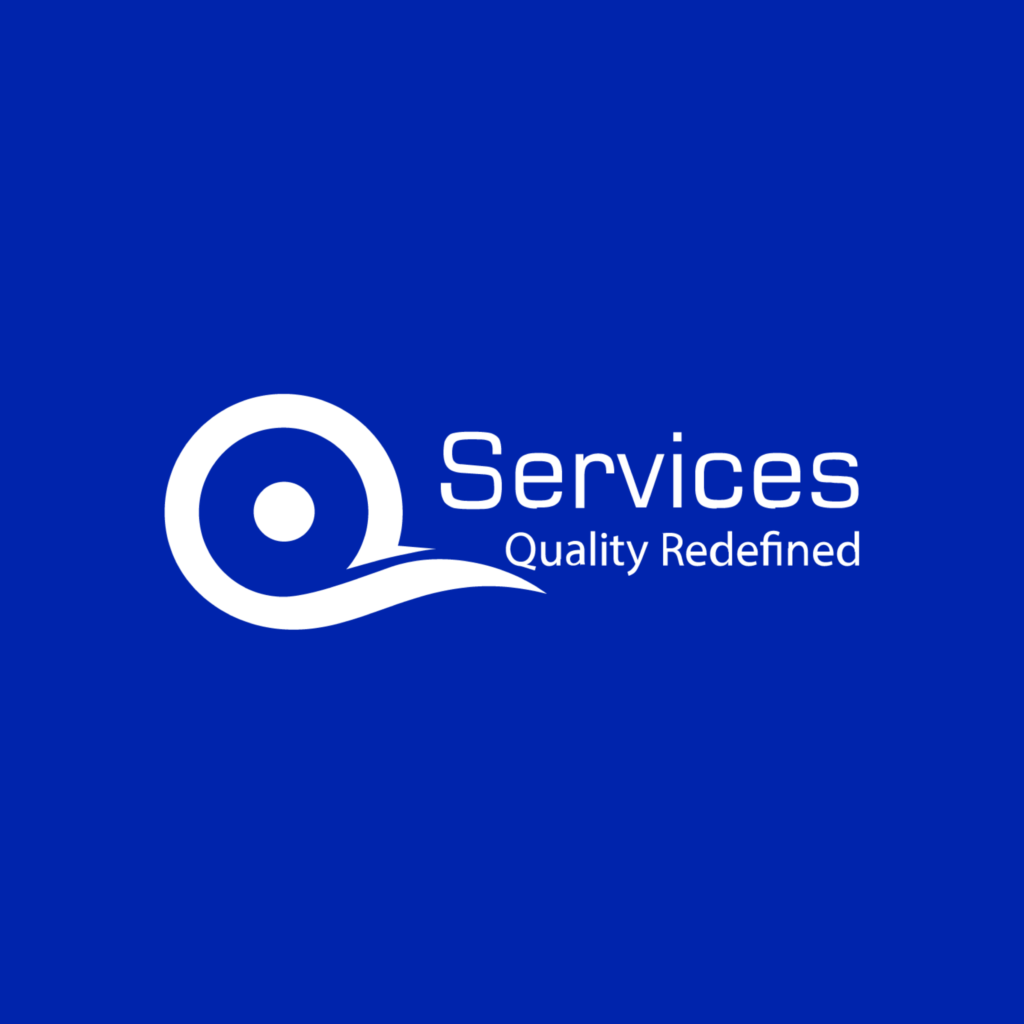
Our Articles are a precise collection of research and work done throughout our projects as well as our expert Foresight for the upcoming Changes in the IT Industry. We are a premier software and mobile application development firm, catering specifically to small and medium-sized businesses (SMBs). As a Microsoft Certified company, we offer a suite of services encompassing Software and Mobile Application Development, Microsoft Azure, Dynamics 365 CRM, and Microsoft PowerAutomate. Our team, comprising 90 skilled professionals, is dedicated to driving digital and app innovation, ensuring our clients receive top-tier, tailor-made solutions that align with their unique business needs.

The oil and gas industry works in some of the most challenging and most demanding environments on the planet. From offshore rigs to large refineries, the machinery and infrastructure that powers this sector is extremely important for the global energy supply chain. However, equipment failures can lead to costly downtime, security risks and environmental hazards
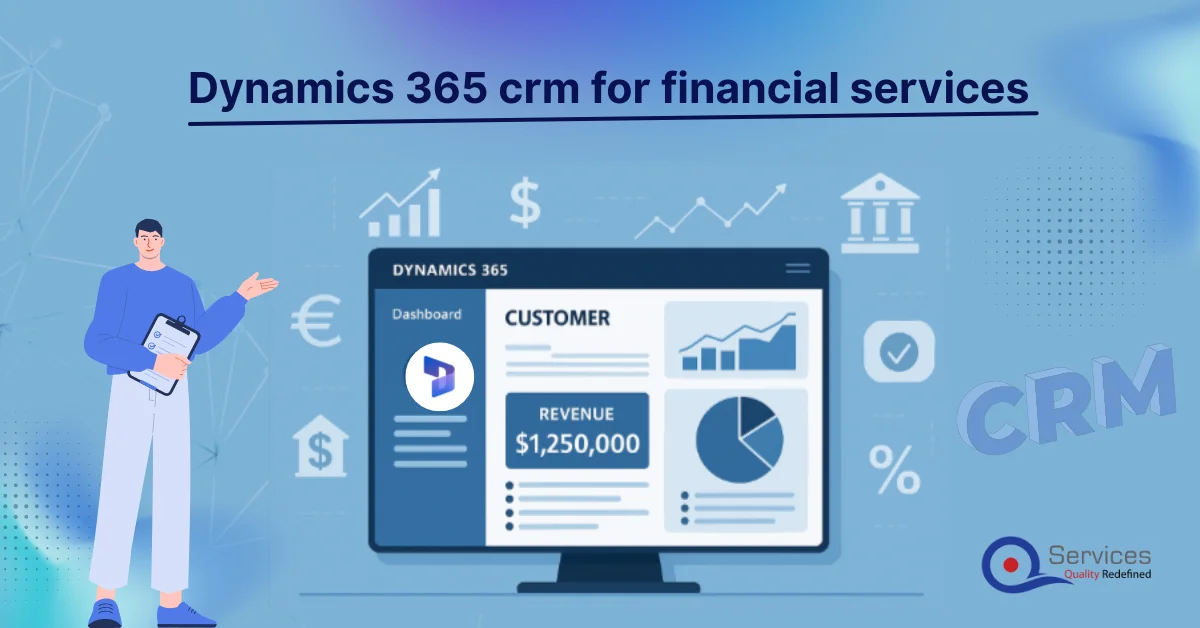
Dynamics 365 CRM for Financial Services is a specialized version of Microsoft Dynamics 365 Customer Relationship Management (CRM) tailored specifically for the financial services industry. It is designed to help financial institutions, such as banks, insurance companies, investment firms, and wealth management organizations, manage their customer relationships, streamline operations, and enhance service delivery.

Companies are catching on to the fact that they need cool tech like Dynamics 365 CRM and ReactJS if they want to keep things running smooth and make smarter choices.
Robotic Process Automation (RPA) in recruitment involves using software robots or “bots” to automate repetitive, rules-based tasks within the hiring process. These tasks can include sorting resumes, scheduling interviews, and sending job offer letters. The aim is to boost efficiency, minimize errors, and allow recruiters to concentrate on more strategic activities.
Software bots are employed in robotic process automation (RPA) in human resources (HR) to automate repetitive and routine processes. Payroll processing, personnel record updating, onboarding new hires, and other duties may fall under this category. The objective is to increase productivity, reduce errors, and free up HR experts to focus on strategic tasks like strategy planning and employee engagement.
Yes, Robotic Process Automation (RPA) can certainly help to automate. It is designed to use software bots to automate repetitive, rules-based tasks in various business processes.
RPA is indeed a powerful tool for automating repetitive, rules-based tasks and can bring significant efficiency and accuracy improvements. However, whether it’s the “best” depends on the specific needs and context of the business. For complex tasks that require decision-making, problem-solving, or creativity, human intervention might still be necessary. Additionally, other forms of automation, like AI and machine learning, could be more suitable for tasks involving unstructured data or predictive analytics.
.





55 Village Center Place, Suite 307 Bldg 4287,
Mississauga ON L4Z 1V9, Canada
.




Founder and CEO

Chief Sales Officer

🎉 Thank you for your feedback! We appreciate it. 🙌